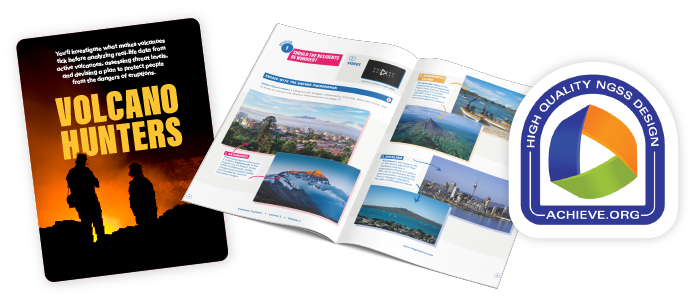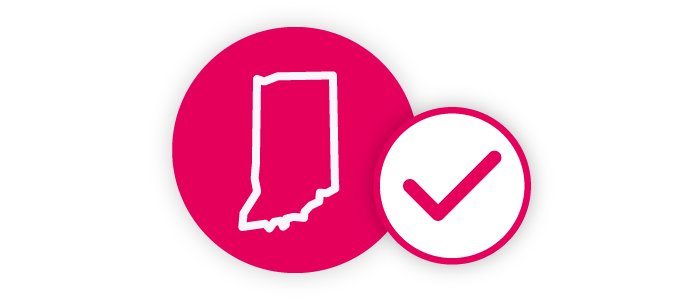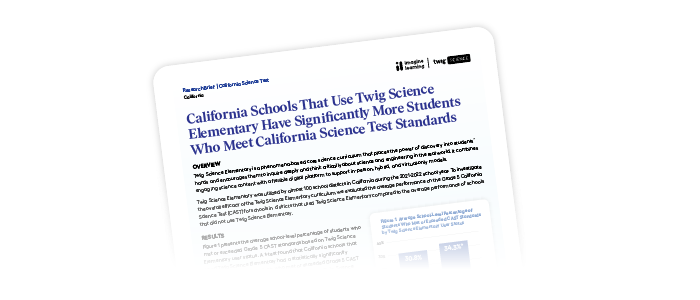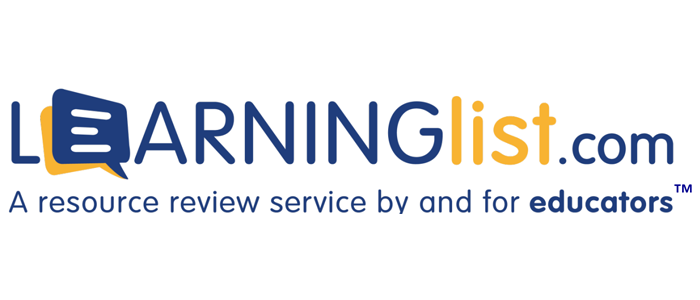High-Quality Instructional Materials in Twig Science
What Are HQIM?
As educators and districts recognize the critical role curriculum plays alongside effective teaching, the focus on HQIM has intensified nationally. A growing body of research points to one thing: instructional materials directly impact student outcomes (Kane et al., 2016). But the reality is, not all teachers have access to HQIM or the professional development and support to implement these resources effectively.
But what are HQIM? Generally, HQIM are recognized as materials that are aligned to state standards and include evidence-based strategies, inclusive practices, and embedded teacher support. As demands for STEM-related skills grow, so does the focus on HQIM, with educators seeking greater clarity on what actually counts as high-quality materials in science instruction.
The Importance of HQIM in Science
In the realm of science education, implementing HQIM is fraught with specific challenges. Science education is a fast-evolving discipline, and advancements in knowledge and best practices can quickly outpace current materials. This gap often means that teachers spend considerable time sourcing or crafting their own resources, which according to Education Elements, may not always be rigorously vetted or aligned with educational standards, leading to inconsistencies in instructional quality. This is where an HQIM science curriculum comes into play.



